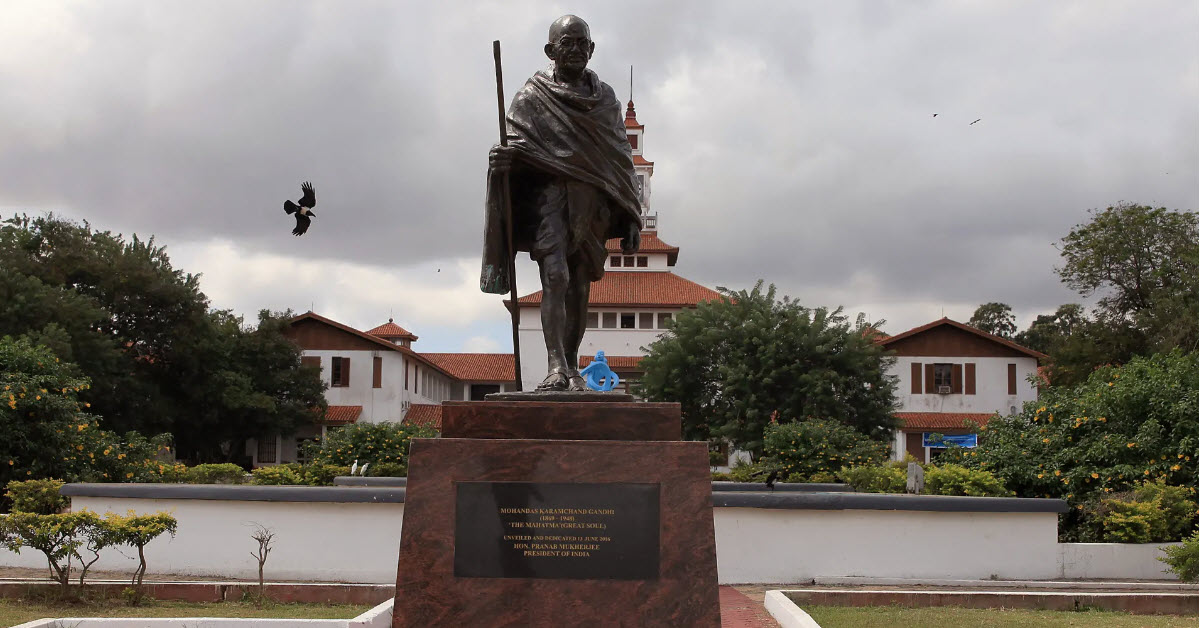Tired Australians don’t have long to crack ODI code
https://blogger.googleusercontent.com/img/b/R29vZ2xl/AVvXsEh7aMMqjPFVtpbUIkBnph5loaIpIJ0J3HJsZhU3xBqYEzNzQ7dJmGSd0fOo7LS0NOgJ5vQMpiBpXy0JdNmxtjIeCxKkh-UQ_vOIB43GVx-zlvQBe44az2e7QKiWQgR79BnN43dKs_JHMYTa/s1600/2018-01-30_14-26-37.png

![]() This article titled “Tired Australians don’t have long to crack ODI code” was written by Geoff Lemon, for theguardian.com on Monday 29th January 2018 23.47 UTC In 2015, it wasn’t just Australians laughing at England’s version of one-day cricket. This was a team knocked out of the World Cup quarters by Bangladesh, having stumbled to that stage with a timid and conservative gameplan 30 years out of date. It was a side that not long beforehand had Alastair Cook and Ian Bell pootling along at the top of each innings, while other sides opened up with baseball sluggers. Its management so relied on spreadsheets that the cricket writer Peter Miller named his book on the subject 28 Days’ Data.
This article titled “Tired Australians don’t have long to crack ODI code” was written by Geoff Lemon, for theguardian.com on Monday 29th January 2018 23.47 UTC In 2015, it wasn’t just Australians laughing at England’s version of one-day cricket. This was a team knocked out of the World Cup quarters by Bangladesh, having stumbled to that stage with a timid and conservative gameplan 30 years out of date. It was a side that not long beforehand had Alastair Cook and Ian Bell pootling along at the top of each innings, while other sides opened up with baseball sluggers. Its management so relied on spreadsheets that the cricket writer Peter Miller named his book on the subject 28 Days’ Data.
The notion that Australia might soon be seen as lagging behind England would have been similarly comic. Australia was a team that won the World Cup while Mitchell Starc smashed stumps and Glenn Maxwell smashed sixes. But where the 2015 team sacked Afghanistan for 417 runs, the 2018 version might struggle for a win. The Afghans have sealed six of their last 14 ODIs, Australia two. Where one-day tours are often lost on the Australian cricketing public, a home thrashing from a visiting England team gets more attention. This was a display without the usual caveats of foreign conditions or resting players. In four losses, Australia’s batting was choked off and England’s blazed ahead. Even the sole win, after monstering England’s top order in the fourth match, nearly saw Australia tank a chase of under 200. The home side looked as creaky and out of date as the visitors had three years earlier. Perhaps some resting would have been best after all, after an Ashes series that went the full 25 days of Test cricket with an almost unchanged team. This was especially the case for Australia’s leadership duo, who played every ODI after the extra emotion and responsibility of those home Tests. After the switch to coloured clothing, Steve Smith and David Warner had 10 innings between them for 175 runs; England tailender Chris Woakes made 170 from three. Up to seven Ashes players at a time joined this one-day team, and most were off the boil. Starc and Patrick Cummins bowled one blinder apiece, but neither they nor Josh Hazlewood really influenced the series. Tim Paine did some bits-and-pieces work with the bat but lacked the accelerator when required. Mitch Marsh was a scoring problem through the middle order and middle overs, backed at No5 but unable to churn the strike. Fresh players were the only top-notch contributors. Aaron Finch topped the runscoring despite playing three games out of five. Andrew Tye bowled frugal spells throughout and grabbed five wickets at Perth. Marcus Stoinis was the lone Australian to hit the ball with the cleanness and confidence the modern game requires, with consistent runs at a strike rate of 111. Resting players is always tricky. You have a public that wants the big names, and a feeling that surely the highest quality will tell in the end. Perhaps that’s the case when a major tournament has sufficient lead-up, but it’s a gamble in the middle of a long and crowded season. England’s Test captain Joe Root wasn’t rested, but at least was able to pass on the burden of leadership, and seemed to be having a lot more fun having done so. This kind of arrangement confuses Australians: there is a rigid view of captaincy, where candidates are installed as permanent and their careers end once they’re done. There is a sense that it would be undignified to have a Test captain play under someone else in a “lesser” format.
Perhaps that has to change. Michael Clarke parachuted himself in for the 2015 World Cup, but it was really won by the team that George Bailey built in Clarke’s consistent absence. A confident and settled outfit was assembled under a leader who didn’t have to concentrate on other gigs. England under Eoin Morgan have benefited from even longer stability. Yes, it was a happy accident, in that it came about when Cook had to be ditched but was still running the Test team. With different timing, Root would have got both. To England’s advantage, he didn’t. Smith this series has been shackled. We saw his flair in 2014-15, ransacking Test hundreds against India in between one-day tons against all comers. It was a version of Smith slicing draw shots between his legs and forehanding down the ground, having a gay old time. With his Test game now armoured to withstand all conditions, that pizzazz has gone. Not that he needed to blast every ball, but a lack of urgency in working the field was reflected by team-mates. His runs came at 68 per 100 balls, slower than 19 team-mates and opponents. Smith could be a great ODI player if he had time to figure it out. But right now, the current master of Test cricket can’t match Virat Kohli in switching between formats. Smith will sit out Australia’s imminent T20 series, though he heads to South Africa in two weeks with a fortnight to prepare for his next Test assignment. Warner will potentially arrive with four days to spare after leading that T20 team in his place. The pair will play four Tests, then straight into another IPL. Australia’s one-day team will again become a can punted down the road, this time to midwinter when a return trip to England will again largely escape scrutiny back home. From there, it’s not many kicks to the 2019 World Cup. England would love the final chuckle on that one. guardian.co.uk © Guardian News & Media Limited 2010 Published via the Guardian News Feed plugin for WordPress.
Tired Australians don’t have long to crack ODI code▶https://goo.gl/smJ1bi



Comments
Post a Comment